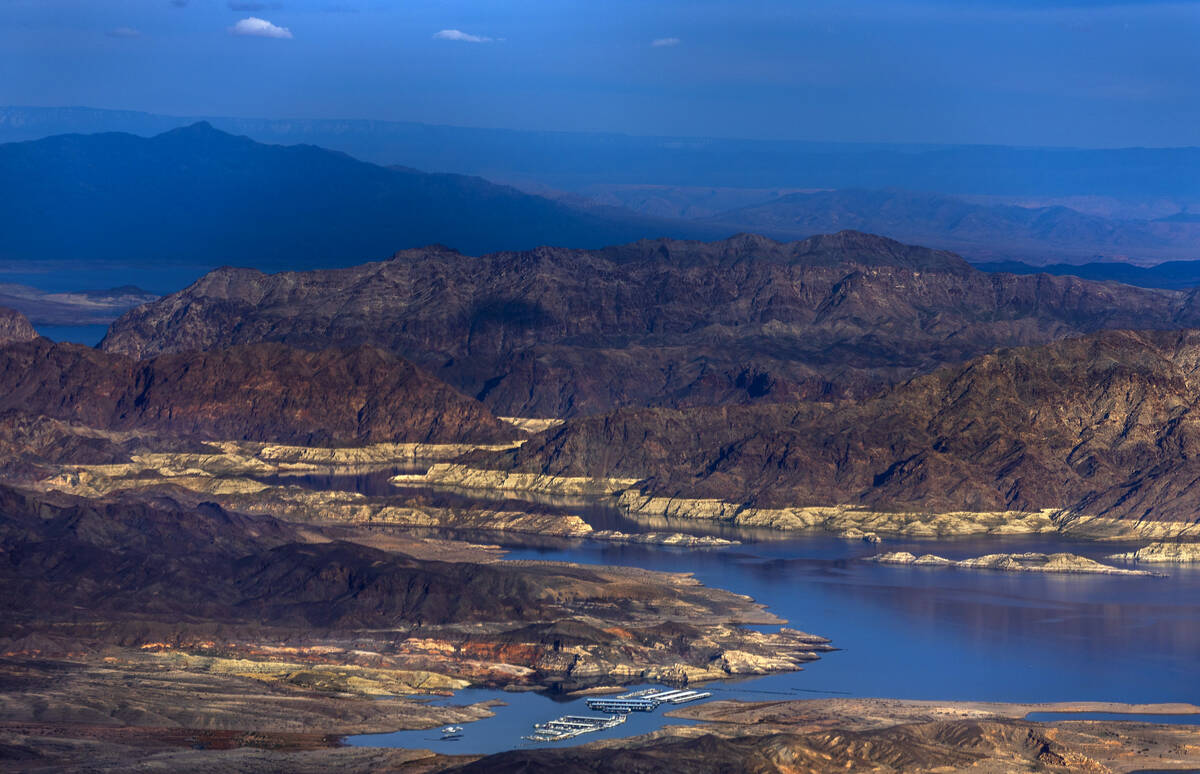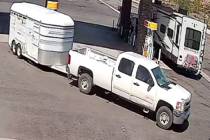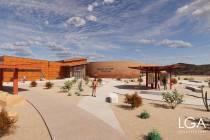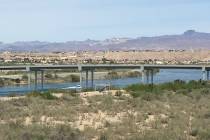Saving for a non-rainy day: How much water has Southern Nevada stashed away?
As Colorado River basin states stare down potentially steep cuts to their share of the drought-stricken waterway, years of making deposits to its water savings account could help Nevada weather the storm.
Since the 1980s, Southern Nevada has been banking its unused Colorado River water, storing hundreds of billions of gallons away underground and in Lake Mead. That banked water could become invaluable as Nevada, Arizona and California face the potential for drastic cuts in the coming years if Lake Mead falls any farther.
The Department of Interior recently unveiled a draft set of proposals aimed at cutting water use in the Lower Colorado River Basin in order to protect key water levels at the river’s two major reservoirs, Lake Mead and Lake Powell.
Two alternatives laid out by the federal government would significantly reduce Nevada’s 300,000 acre-foot share of the river, which could force local water managers to accelerate conservation measures and potentially tap into their piggy banks of water.
So just how much water does Las Vegas have stowed away for a rainy day, or rather, a very nonrainy stretch?
According to Southern Nevada Water Authority Deputy General Manager Colby Pellegrino, Southern Nevada has about 2.24 million acre-feet of water banked in total — or roughly 10 times the amount of water Nevada consumed from the Colorado River in 2022.
“Think of these like a personal savings account or a rainy day fund,” Pellegrino added. “These are things that we can’t be building permanent development on. So they’re intended to be there if we’re in a really deep shortage to help bridge a temporary reduction in supply.”
About 345,000 acre-feet of that is stored locally in groundwater aquifers; 614,000 acre-feet is stored underground in Arizona through an agreement with the Arizona Water Banking Authority; and another 330,000 acre-feet is stored in California under various agreements.
Through those reserves alone, Nevada can tap upward of 90,000 acre-feet of banked water annually, or nearly one-third of the state’s normal 300,000 acre-foot annual share of the Colorado River. With the way Nevada recycles water back to Lake Mead in exchange for return flow credits, that water can be stretched even further.
Southern Nevada also has 950,000 acre-feet of water reserves stored in Lake Mead and other reservoirs in what’s called “intentionally created surplus.” That is water stored under agreements and programs with the Department of Interior aimed at incentivizing water conservation at Lake Mead in hopes of slowing the reservoir’s decline.
All of that water has been saved up over the years by Southern Nevada using less of its annual share of the Colorado and banking that unused water away in those various banks.
“For Southern Nevada, water saved is water stored for our future,” Pellegrino said.
Pellegrino stressed that those reserves, though, are not meant to be relied upon regularly to meet the valley’s water demands, and that the focus remains on continued conservation efforts.
“If we meet our conservation goal, we never exhaust our banked resources even with increased demand,” Pellegrino said.
Contact Colton Lochhead at clochhead@reviewjournal.com. Follow @ColtonLochhead on Twitter.





























